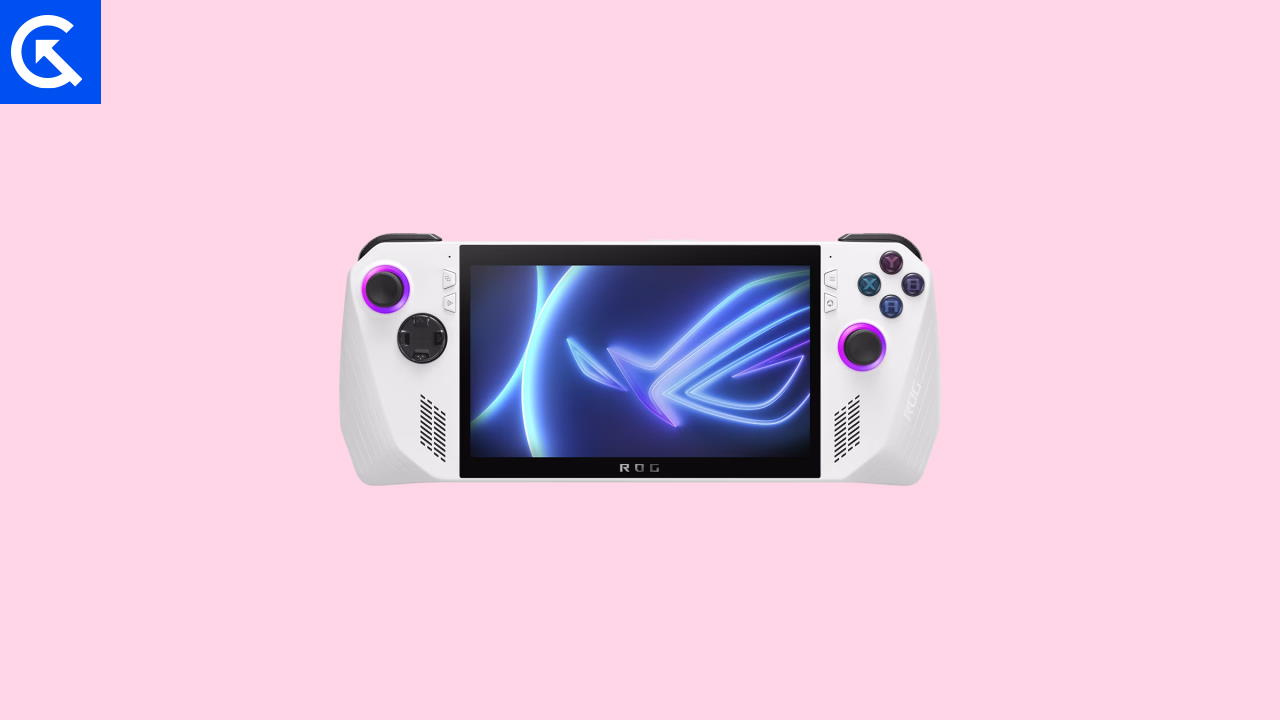Asus ROG Ally is one amazing gaming centric smartphone that runs on the Android operating system. The smartphone comes with high end gaming hardware coupled with strong CPU and GPU processing power. Due to its high end gaming capabilities, many users from the gaming community speak great about the device. In terms of gaming, it’s important that the internal storage is fast to make sure the gameplay experience is crisp and smooth. However, the default internal storage of 128 GB and other storage variants may not be sufficient for your day to day gaming needs. This is why most people prefer to use an additional Micro SD card with their Asus ROG Ally smartphone.
There are different Micro SD formatting options including ExFAT, FAT32, EXT2, NTFS etc, which you can choose with your Asus ROG Ally smartphone. Today in this guide, we will touch base on two popular Micro SD card formats i.e. ExFAT and NTFS, and will help you understand which is the right fit for your gaming needs. Micro SD cards are very popular choice for any smartphone using personal as it helps us to expand our device’s storage. This in turn helps with storing more digital media files including pictures, videos, documents and other important stuff.
However, before you use any Micro SD card with your smartphone, you need to format it. When it comes to formatting a micro SD card for use with the Asus ROG Ally, two popular file systems stand out: ExFAT and NTFS. Both file systems offer distinct advantages and choosing the right one depends on the specific requirements of the device and intended usage. In this article, we will explore the differences between ExFAT and NTFS, their compatibility with the Asus ROG Ally smartphone, and determine which one is better suited for your gaming needs.

Page Contents
Micro SD Card Format for Asus ROG Ally: ExFAT vs NTFS, Which One Is Better?
Asus ROG Ally has built-in support for both ExFAT and NTFS, enabling seamless access to files stored on micro SD cards formatted with either file system. There are multiple micro SD cards available in the market ranging from different classes and different storage types. Commonly, you will find Class 6 or Class 10 to be the best choice for your gaming needs. Most of these cards are readily available for use with ExFAT or FAT32 storage format protocols.
Currently, all Android devices including Asus ROG Ally have native support for ExFAT and FAT 32 file formats. However, in order to use NTFS storage format, you will have to install a third-party driver or app service to take advantage of NTFS format.
Asus ROG Ally: ExFAT vs NTFS Comparision & Benefits
Now let’s evaluate the compatibility of ExFAT and NTFS with the Asus ROG Ally along with their features and benefits.
ExFAT or Extended File Allocation Table is a special file storage protocol designed and developed by Microsoft to overcome certain limitations of the FAT32 file system. ExFAT is known for its compatibility across multiple operating systems, including Windows, macOS, Linux and Android.
Its key advantages include support for larger file sizes, enhanced storage capacity, and cross compatibility with modern devices and smartphones. However, it has a major limitation of limited encryption and security features making it not so good option for storing sensitive data. Apart from this ExFAT may result in slow read and write speeds, particularly dealing with large number of small files.
Where NTFS or New Technology File System was also developed by Microsoft and introduced with the launch of the Windows NT operating system. NTFS offers robust and advanced security features, improved performance, and advanced functionality. However, its compatibility with non-Windows systems is difficult and may need the installation of additional drivers or apps.
Its key advantages include the ability to give folder-level permissions, and support for encryption & compression of files with efficient disk management. Apart from this, NTFS uses special algorithms to enhance file reading and writing speeds with a maximum capacity of 16TB per file. However, its cross compatibility with other operating systems is not straightforward and may need the installation of several third-party software or drivers.
ExFAT vs NTFS: Choosing the Right Format for the Asus ROG Ally:
If your primary use of a micro SD card with your Asus ROG Ally smartphone is for gaming, multimedia files, or general data storage, then ExFAT is the more suitable option due to its broad compatibility and large file support. However, if you plan to save sensitive data & files on the micro SD card, such as personal documents or confidential information, then NTFS is a better choice. If you frequently transfer files between your Asus ROG Ally and Windows-based computers, NTFS might provide a more seamless experience due to its native support on Windows as compared to NTFS.
Also Read
Conclusion
This brings us to the end of this guide for Micro SD Card Format for Asus ROG Ally: ExFAT vs NTFS, Which One Is Better? Please note that both ExFAT and NTFS offer their unique advantages and limitations when it comes to formatting a micro SD card for the Asus ROG Ally. If you normally use your smartphone for gaming needs, then using the ExFAT file format shall be a great choice in this matter. Please remember to consider your specific needs, intended usage, and device interoperability when choosing the file system for your Asus Rog Ally.
